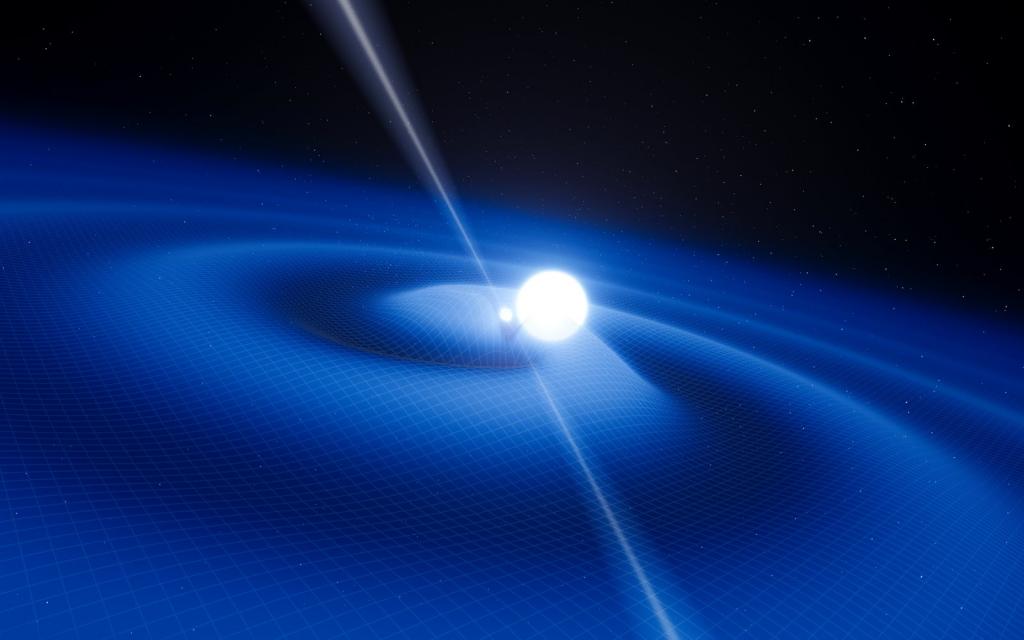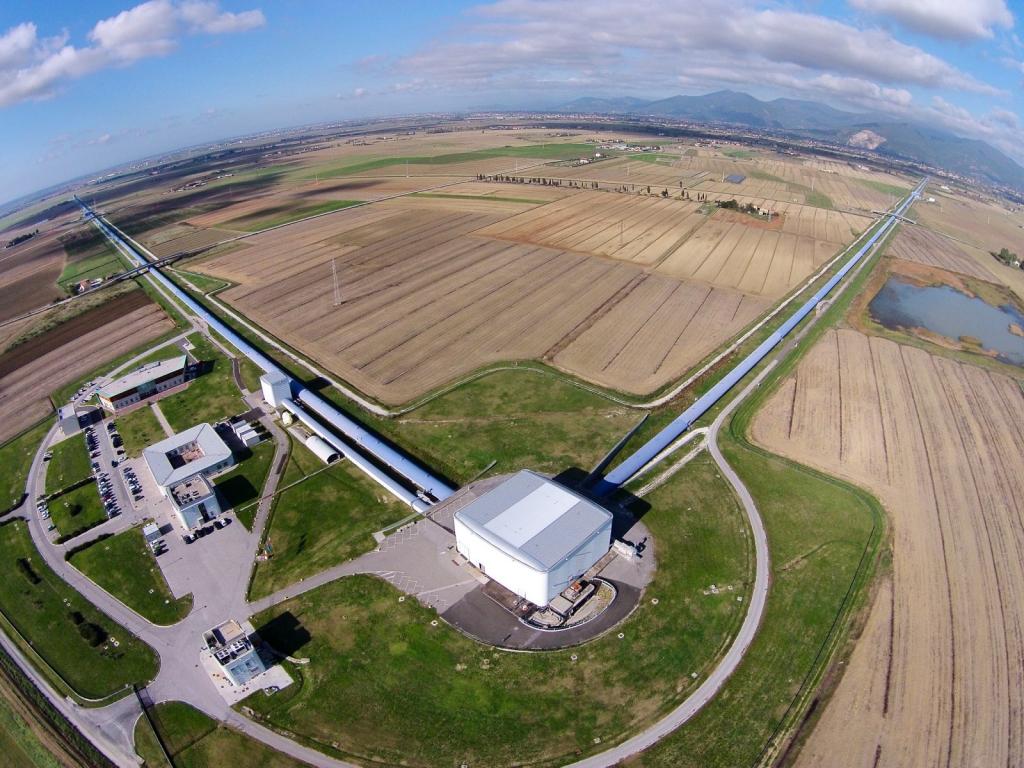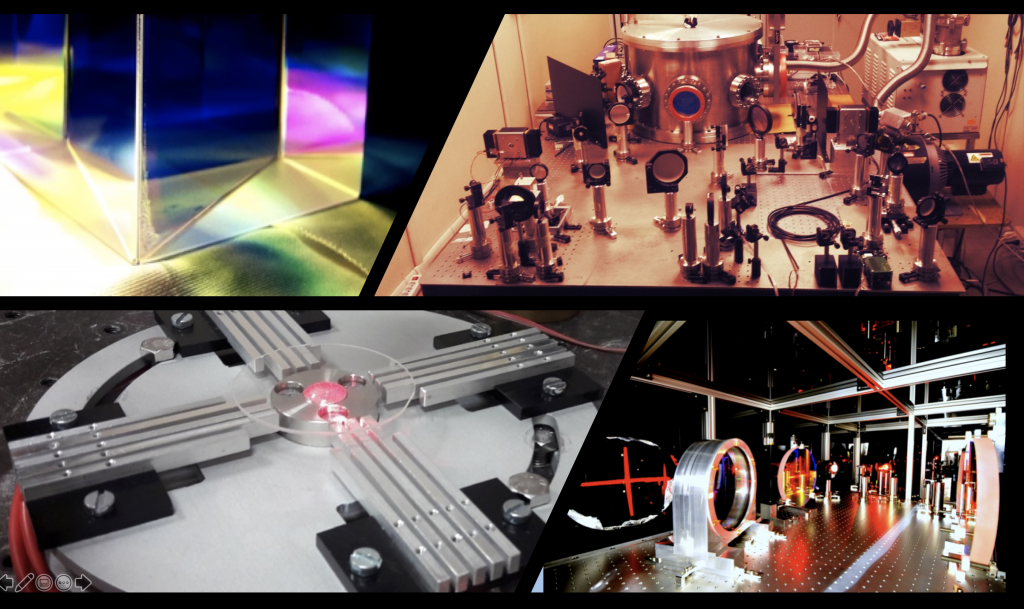
Virgo is one of the three most sensitive ground-based laser interferometers for the detection gravitational waves (GW). It is located in Cascina, near Pisa, on the site of the European Gravitational Observatory (EGO). It is a project born from a collaboration between France (CNRS) and Italy (INFN) and is now operated by an international collaboration of scientists from France, Italy, The Netherlands, Poland, Spain, Hungary, Belgium and Germany.
GWs are predicted by General Relativity as ripples in the fabric of space-time that propagate at the speed of light. They are generated by many different astrophysical sources – like massive black hole binaries, compact binary coalescence (as the merger of two black holes or two neutron stars in a binary system), supernova explosions, pulsars – or can be of cosmological origin. Their investigation isallowing us to probe extreme phenomena driven by gravity, unexplored domains of the physics of matter at supranuclear density and of strong gravitational fields.

The first GW signal, for which the 2017 Nobel Prize in Physics was granted, is known as GW150914. It was detected on 2015 September 14. Two black holes, of masses M1= 35.4 M☉and M2 = 29.8 M☉, merged resulting in a single black hole with a final mass of M= 62.2 M☉and with around 3 M☉radiated as GWs. For this discovery, the Virgo and LIGO collaborations have been awarded the Breakthrough Prize in Fundamental Physics and the Gruber Cosmology Prize in 2016, and the Einstein Medal in 2017.
During the second Observing Run (O2), the upgraded network (Advanced Virgo and the two Advanced LIGO interferometers) detected the first gravitational signal emitted by the merger of two neutron stars (GW170817). This allowed to follow up the event in the electromagnetic spectrum for the first time, thus marking the birth of the multi-messenger astronomy.
In the first 2 observing runs, Virgo and LIGO have detected 10 binary black hole and 1 binary neutron star mergers. The third run (O3) started in April 2019 and will end in April 2020. Thanks to the improved sensitivity, the network is detecting more and more GW signals (see https://gracedb.ligo.org/superevents/public/O3/). A mobile app to provide the latest news on black hole collisions and merging neutron stars can be downloaded for Androidand for iOS.
The INFN Virgo Group of Roma Tor Vergata is involved in key aspects of the GW physics:
- Adaptive optics. Tor Vergata has the responsibility of the design, installation and operation of the system devoted to sense and correct optical aberration introduced in the interferometer by the high power circulating in its arms or due to imperfections in the fabrication process of the interferometer mirrors.
- Thermal noise. Research and development on the multi-layer coatings deposited on the core optics surfaces. Experimental studies are carried out on the optical and mechanical properties in order to minimize the thermal noise that limits the sensitivity of the current advanced GW detectors. These results are valuable for many other applications in high precision experiments.
- Quantum optics.Experimental studies on the generation of squeezed states of lightin order to reduce the quantum noise level, thus improving the sensitivity in the whole frequency range of the detector.
- Neutron stars signals.Searches for GWs from spinning neutron stars (depending on the available information on the sky localization, frequency and its evolution in time) and investigation of the parameters to describe the physics of the source.
- Multimessenger Searches. Development of strategies for the detection of coincident GW and low energy neutrino emission in gravitational collapses and e.m. follow-up.









